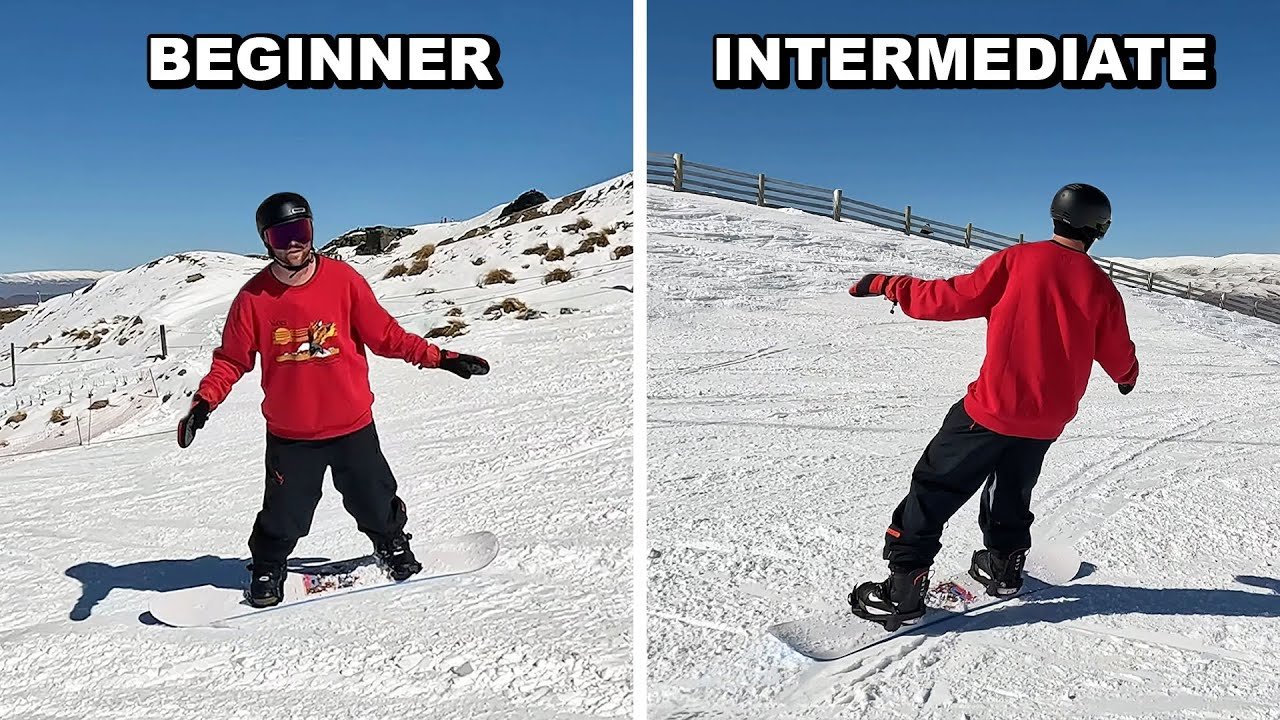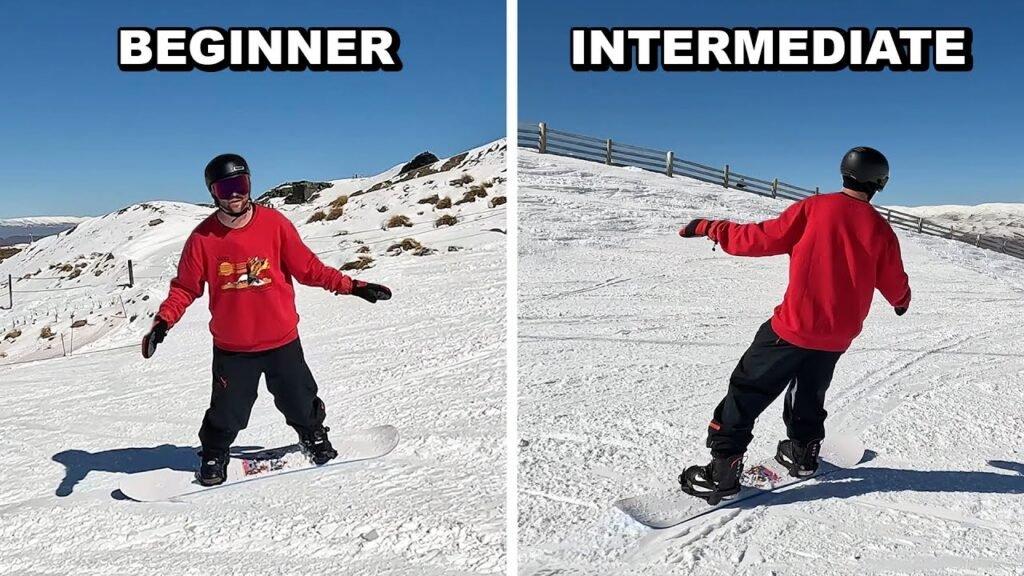
Beginner to Intermediate Snowboarder Progression
In this video, Kevin, from SnowboardProCamp, shares his tips on how beginner snowboarders can progress to an intermediate level. He begins by emphasizing the importance of mastering the basics, such as comfortably sliding on your toes and being in control. Kevin then explains the first step to becoming an intermediate snowboarder, which is linking your turns. He advises starting to plan your next turn while controlling yourself after each turn. Additionally, he suggests counting in your head to create rhythm and ensure that your heel and toe turns are the same shape. Finally, Kevin encourages beginners to gradually increase their speed and maintain control by keeping their board on a slight angle, spraying snow at the side. This video provides valuable insights for anyone looking to advance their snowboarding skills from beginner to intermediate.
Beginner Basics
As a beginner snowboarder, there are a few key skills that you need to master in order to progress to the intermediate level. The first skill is being able to comfortably slide on your toes. This means being able to shift your weight onto your toes and glide smoothly down the slope. It’s important to feel balanced and in control while sliding on your toes.
The next skill to focus on as a beginner is sliding back and forth in control. This means being able to shift your weight from your toes to your heels and back again, while maintaining control of your speed and direction. It’s important to practice this movement until you feel confident and stable on your board.
Once you are comfortable sliding on your toes and sliding back and forth in control, it’s time to work on your ability to slide on your heels. This is an important skill for executing heel turns, which are necessary for changing direction on the slope. Practice shifting your weight onto your heels and sliding smoothly down the slope. With practice, you will be able to execute heel turns with confidence.
Lastly, as a beginner, you should focus on mastering single turns. This means being able to initiate a turn either on your toes or on your heels, and then sliding to stay in control before executing the next turn. Practice turning onto your heels and onto your toes, and work on maintaining balance and control throughout each turn. Mastering single turns is a crucial step in becoming an intermediate snowboarder.
Linking Turns
Once you have mastered the basics as a beginner snowboarder, it’s time to start working on linking your turns. Linking turns is the process of smoothly transitioning from one turn to the next, creating a continuous flow down the slope.
The first step to linking turns is to start planning your next turn while you are still executing the current turn. By looking and planning ahead, you can anticipate where you want to make your next turn and adjust your speed and position accordingly. This will help you maintain control and fluidity in your riding.
As you link your turns, it’s important to focus on sliding and controlling your speed. After completing one turn, slide down the slope while keeping your weight balanced and your body relaxed. This will allow you to maintain a consistent speed and control your descent.
Another important aspect of linking turns is making your turn shapes the same size. It’s common for beginners to have a larger heel turn followed by a shorter toe turn, which can disrupt the flow of your riding. To fix this, try counting to three in your head during each turn. By maintaining a consistent rhythm, your heel and toe turns will become more symmetrical and visually pleasing. This is an important skill to develop as an intermediate snowboarder.

Snowboarding with Speed
As you progress from being a beginner rider to an intermediate snowboarder, it’s time to start snowboarding with a bit more speed. While it’s important to start slow and build your confidence, once you feel comfortable linking your turns, you can start gradually increasing your speed.
To control your speed while linking turns, focus on keeping your board on an angle between turns. Instead of completely sideways, try to keep your board tilted slightly uphill. This will help you maintain control and prevent you from picking up too much speed.
If you find yourself picking up too much speed, one technique you can use is spraying snow to help slow yourself down. As you complete each turn, use your back foot to kick up a little snow at the side of the slope. This will create resistance and help you stay in control. Practice this technique to find the right amount of snow spray needed to control your speed effectively.
Conclusion
Progressing from being a beginner snowboarder to an intermediate snowboarder requires mastering certain skills and techniques. The beginner basics, including comfortable sliding on toes, sliding back and forth in control, ability to slide on heels, and executing single turns, lay the foundation for further progress.
Linking turns is the next step in becoming an intermediate rider. By planning and looking ahead, sliding and controlling speed, and making turns of the same size, you can smoothly transition from one turn to the next.
As you gain confidence, you can start snowboarding with speed. Controlling your speed while linking turns, keeping the board on an angle, and using snow spray to slow down are essential techniques to practice.
Remember, progression takes time and practice. By focusing on these skills and techniques, you will be well on your way to becoming an intermediate snowboarder. Enjoy the journey and have fun on the slopes!
